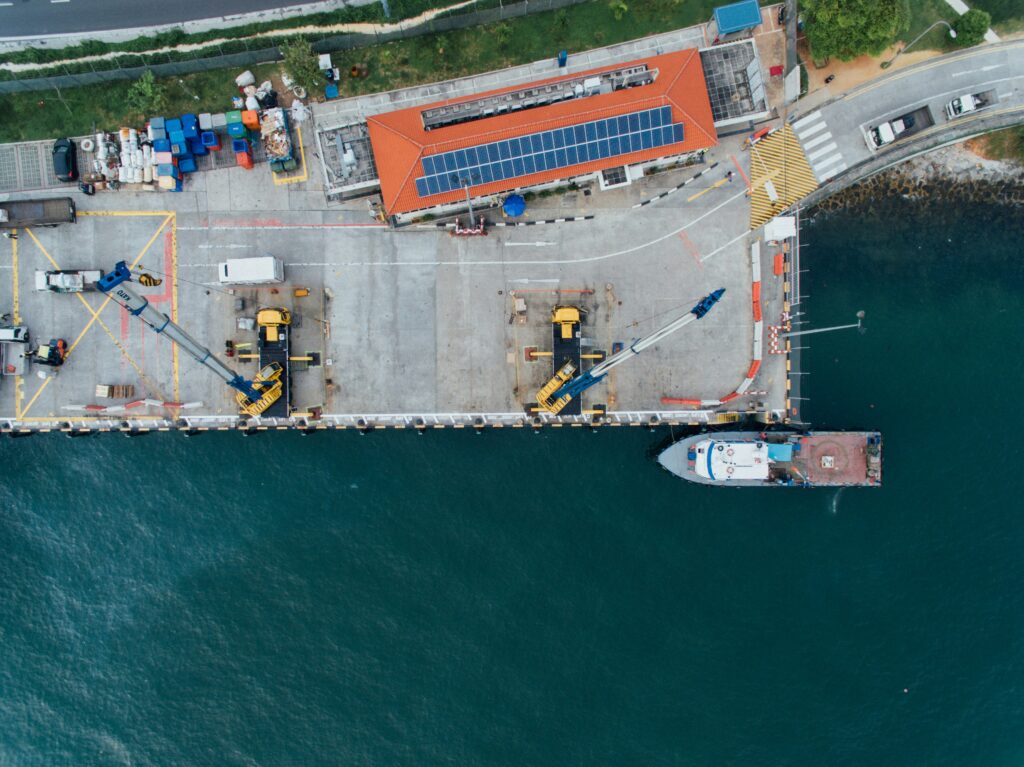The freight industry faced another significant challenge last week as a Canada rail strike caused delays and disruptions across supply chains. The strike, which lasted for seven days before being forcibly stopped, highlighted the vulnerabilities in transportation networks and left port congestion in its wake.
What Happened During the Strike?
Rail workers walked off the job, halting freight movement on critical rail lines across Canada. With railroads being a lifeline for goods ranging from raw materials to consumer products, the impact was felt quickly:
- Delays at Ports: Containers piled up as ports like Vancouver and Prince Rupert struggled to clear freight without rail support.
- Disrupted Supply Chains: Shippers scrambled to find alternative solutions, including trucking, which quickly became overbooked.
- Cost Increases: The strike led to skyrocketing costs for storage, demurrage, and last-mile transportation.
Although the strike has been forcibly stopped, the aftermath remains a pressing issue for businesses relying on timely freight movement.
Port Congestion Woes
The strike has amplified an already existing problem: congestion at Canadian ports. Containers delayed during the week-long halt are now clogging terminal operations, causing:
- Long Wait Times: Shippers are experiencing significant delays in moving goods inland.
- Higher Fees: With goods sitting at ports longer than expected, storage costs are mounting.
- Capacity Crunch: Alternative transportation methods are still under strain, making it harder for shippers to secure cost-effective solutions.
For a deeper dive into the broader impact of this strike and its ripple effects on North American trade, check out our detailed coverage here: Silent But Mighty: The Overlooked ILWU Strike Rocking North American Trade in 2024.
How Shippers Can Navigate the Aftermath
While rail operations have resumed, the effects of the strike will linger for weeks. Here are steps you can take to minimize disruption:
- Plan for Longer Lead Times: Factor in delays caused by port congestion when scheduling shipments.
- Diversify Shipping Methods: Explore trucking, intermodal solutions, or alternative ports to keep freight moving.
- Work With a Forwarder: Partner with logistics experts who can identify the fastest, most cost-effective solutions to bypass bottlenecks.
- Monitor the Situation: Stay informed about updates on port operations and rail performance to adjust your plans proactively.
Looking Ahead
The forced resolution of the Canada rail strike may have brought temporary relief, but it has also underscored the fragility of North America’s supply chain infrastructure. Shippers should prepare for future disruptions by building flexibility and resilience into their logistics strategies.
Need Help Managing the Impact?
At Simple Forwarding, we specialize in helping businesses overcome logistics challenges like rail strikes and port congestion. Contact us to discuss how we can streamline your freight operations and keep your supply chain running smoothly.
[Simple Forwarding]
Making the complex simple.


